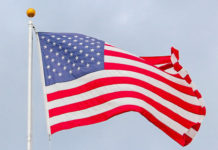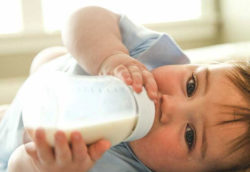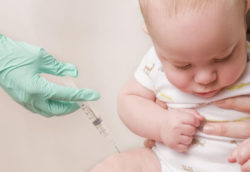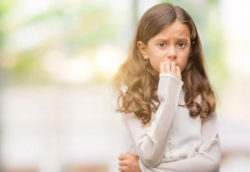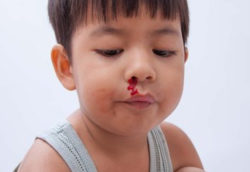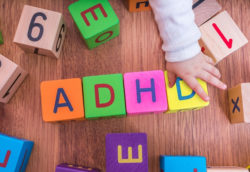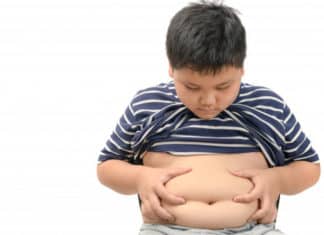The sweetness, messiness, and noise of the chewing gum make it a favourite for many kids. But many try and prevent their children from eating chewing gums with the fear of them ending up swallowing it. What to do if your child swallows chewing gum?
Chewing gum has been around since the prehistoric periods. Kids feel entertained when they learn how to blow bubbles. Chewing gum can help in freshening your kid’s breath.
This article discusses the pros and cons of chewing gum. It presents the dangers associated with swallowing chewing gum and the things to do if your child swallows chewing gum.
Facts about Chewing Gum:
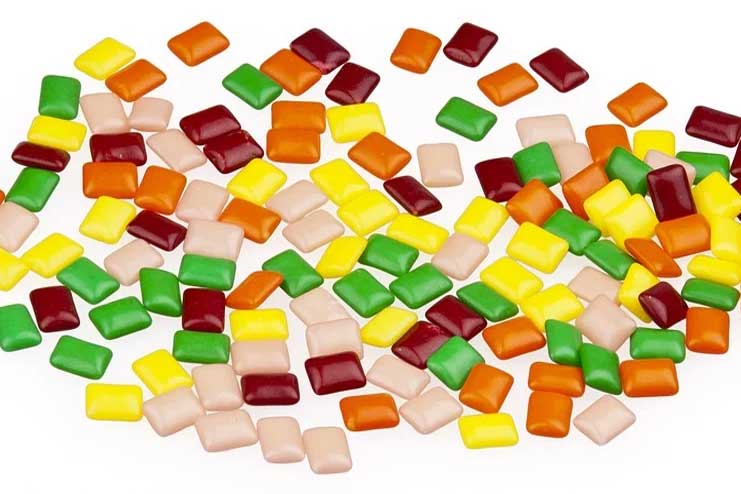 The chewing gums once were made of the latex sap that comes from the sapodilla tree. It happens to be softer when it gets warm in your mouth.
The chewing gums once were made of the latex sap that comes from the sapodilla tree. It happens to be softer when it gets warm in your mouth.
In recent days, chemists have replaced the sap with synthetic equivalent known as polyisobutene. Polyisobutene is mixed with the fats, emulsifiers, waxes, antioxidants, fillers, colors, flavors, preservatives, sweeteners and food grade plasticizers and the mixture chewable.
Benefits of Chewing Gum:
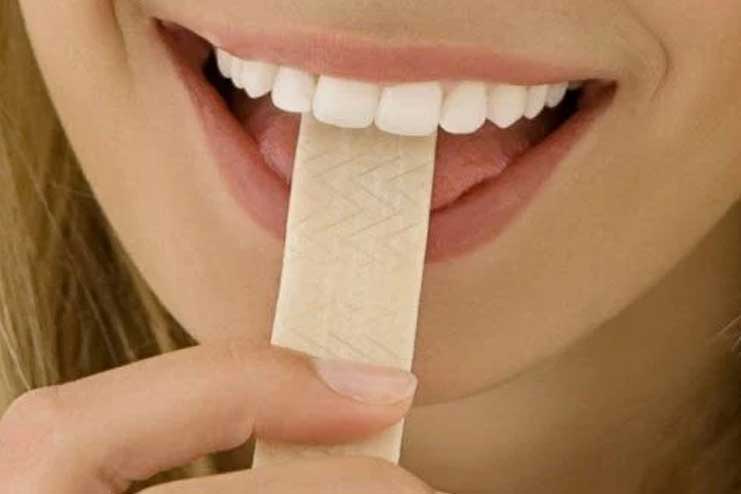
Here are the few benefits that you should know about chewing gum.
- Keeps the caloric intake in control
- You may burn 11 calories in an hour by chewing
- Chewing gum with mint flavor can be used as mouth freshener.
- Chewing gum for 20 minutes after eating will help in eliminating the debris. It will help in increasing the saliva flow which in turn keeps the teeth strong.
- Chewing gum fights against drowsiness and keeps your kid active.
- Following up the meal plan with a stick of chewing gum will help in eliminating the heartburn by reducing the acid levels in your esophagus.
- It helps in dealing with anxiety, depression, fatigue, and other brain conditions
- Sugarless mint and ginger gums will help to soothe the upset stomach.
How Old Do Kids Need To Be To Chew Gum:
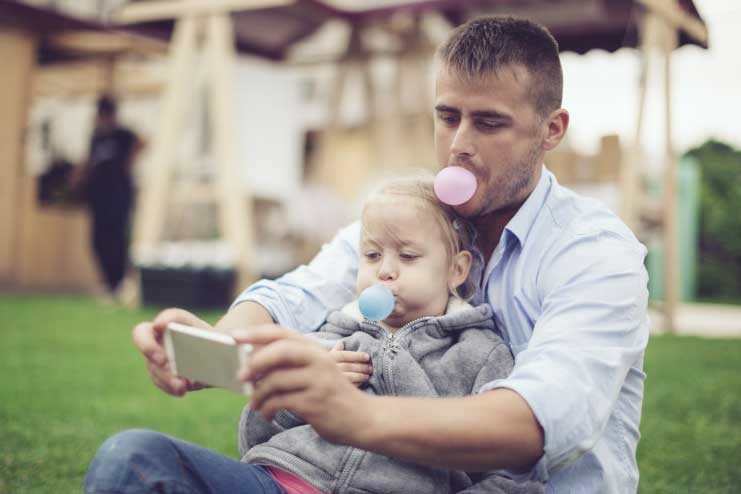
Do not offer the chewing gum to the younger kids below 5 years as they can not distinguish between chewing and swallowing. Before giving your child the chewing gum he/she must acknowledge that they should not swallow it.
The safe age for the children to start using chewing gum is 5 years.
What happens when a child swallowed chewing gum ?
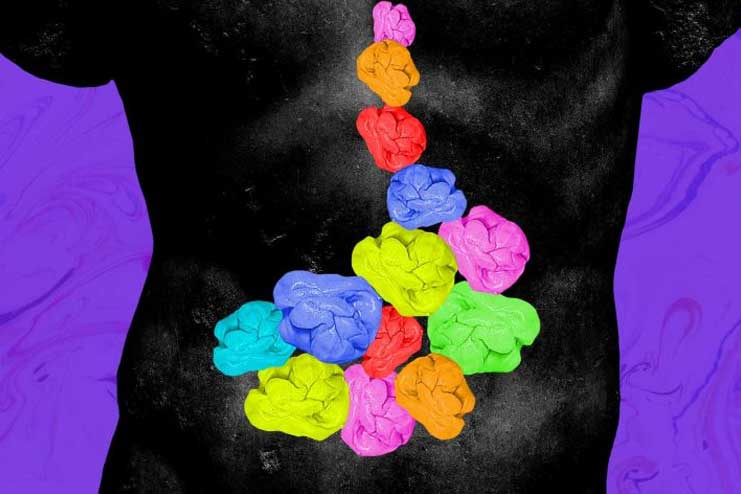
There is an urban myth that swallowed chewing gum will remain in the digestive system for 7 years. But, it is not true. Usually the body treats the chewing gum the same way as it treats any other non digestive food. The swallowed chewing gum may remain in the gastrointestinal system non absorbed and may be expelled out through the bowel movements in less than a week.
If your kid swallows the chewing gum even if it is not recommended to swallow it, no need to worry about it. Usually chewing gum passes out through the stools. It is neither stick in the digestive system nor digested by the intestine.
Swallowing a large mass of gum or smaller pieces over the period can be a problem and blocks the digestive tract.
Here are the few risks that are associated with swallowing chewing gum in rare cases:
Forms Stony Concentration:
As the kid has a narrow intestine, other substances may combine with the swallowed chewing gum top form bezoar, a stony concentration. There may be chances of bezoar getting stuck in their narrow intestine.
Choking hazard:
Chewing gum swallowed by a child like any other foods that child puts in the mouth may cause choking hazards. The gum base which is the main component of the chewing gum makes it stretchy and tough.
Toxicity:
Chewing gum is considered as non toxic and non poisonous. If it is swallowed in small quantities no symptoms are expected. Symptoms may be severe in the child with intestinal or stomach problems.
Lodged throat and rectum:
American Academy of Pediatrics noticed the obstructions of the esophagus and gastrointestinal tract because of the swollen gum.
Children who swallowed chewing gum below 5 years of age have the highest concentration of lodged throat and rectum when compared to the children above 5 years.
Bowel Movements may be altered:
Your child may experience altered bowel movements if he had swallowed his chewin gum. Sweeteners used in the sugar free gums may cause diarrhea if consumed in larger amounts.
The chewing gum, being a non digestive substance, settles down at the bottom of the digestive tract until your child passes bowel movements. Excessive amount of swallowed gum may lead to constipation in your child.
Intestinal Blockage:
If a larger mass of chewing gum is swallowed, it causes intestinal blockage. This is a rare condition and the symptoms include vomiting, constipation or changes in the bowel movements, bloating in the abdomen and abdominal pain.
If your child chews and frequently swallows small pieces of chewing gum for several days, then they may be affected by the intestinal blockage due to large blob of undigested chewing gum.
What To Do If a Child Swallowed Chewing Gum?
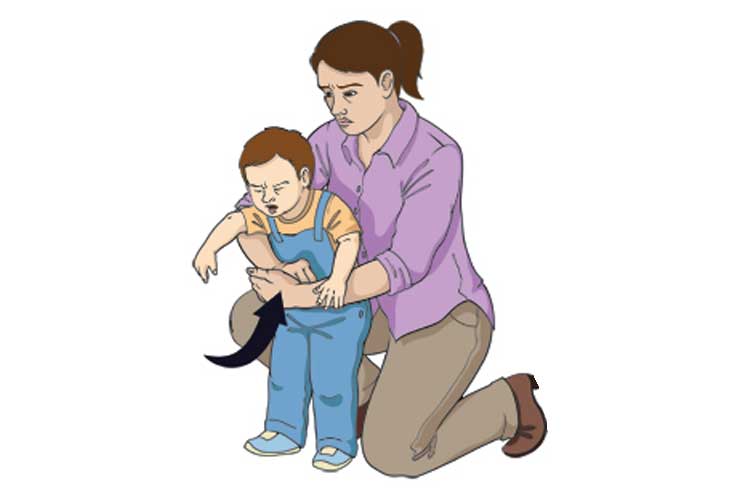
If your kid swallowed chewing gum , it has to pass all the way through the gastrointestinal system which includes everything from lips to anus. Here are the few things you can do if your toddler swallowed bubble gum
1. Give Water:
If your child is not choking, give your child water which can easily facilitate the passage of chewing gum through the digestive tract.
If your child swallowed a large mass of chewing gum observe for the symptoms. If you notice gum choking, changes in bowel movements, abdominal pain or bloating this is an emergency medical condition.
2. Wait for the symptoms:
When your kid consumed 1 or 2 small pieces of the chewing gum it may not affect your child. If your child has swallowed a big mass of chewing gum then look out for the symptoms like change in bowel movements, constipating, stomach pain and stomach bloating. Consult your doctor for further treatment.
If the swallowed chewing gum leads to uncomfortable dropping of the saliva, severe discomfort, or uncontrolled vomiting. It is regarded as an emergency medical condition and take your child to the doctor.
In order to avoid these complications offer the chewing gum when they gain grip on chewing and understand that chewing gum can not be swallowed.
3. Encourage your child to cough:
It is one of the best ways to remove swallowed chewing gum. The partial blockage of the airways allows the person to speak, cry, cough or breathe. Help your child to clear the blockage by coughing. Ask them to spit out the chewing gum if it is in the mouth.
4. Back blows and abdominal thrusts:
If the choking has become severe, your kid may not be able to speak, cry, or cough. Stand behind your kid and gently lean them forward which facilitates the object blocking the airways to move out from the mouth instead of moving down into the mouth.
With your heel give about 5 sharp blows between your kid’s shoulder blades.
5. Abdominal Thrusts:
Don’t try these abdominal thrusts with the babies below 1 year of age.
Stand behind your child with your waist around. Clench one fist and place it above the belly button. Put the other hand above the fist and pull gently inwards and outwards. Repeat the same procedure 5 times. Make sure that you do not put the much force so that ribs or internal organs are not damaged.
6. Thump your child’s back:
Hit the middle of your child’s back five times with the heel of your hand. The combination of back blows and gravity may release the blocking chewing gum.
7. Give Forceful Blows:
Thumb the child in between the shoulder blades with the heel of your free hand gently for 5 minutes.
8. Start CPR:
If your child turns unconscious with choking call 999 meanwhile start CPR., a chest compression activity to facilitate the ventilation. If the object is clearly visible and you can grasp it, remove it gently.
Do not put your fingers into the mouth if you do not see the object or if you are not sure whether you can grasp it.
When to go to the doctor if a child swallowed chewing gum?
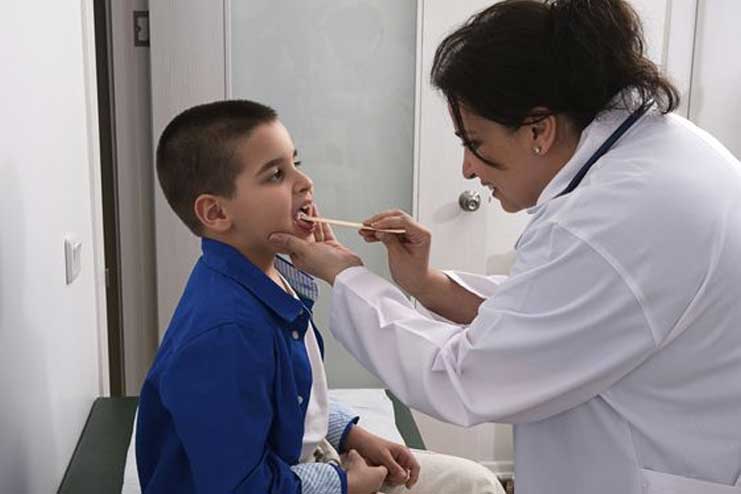
If your child swallowed chewing gum, you must visit the doctor under the following circumstances:
- If your child experience constipation
- If your child experiences severe discomfort or uncontrollable vomiting.
- If your child experiences any choking symptoms like inability to talk, clutching the throat, wheezing, continuous flow of saliva from the mouth, trouble in breathing etc. Your child may turn blue around the face, lips, and fingernail beds.
Tips to Prevent your Child from swallowing chewing gum:
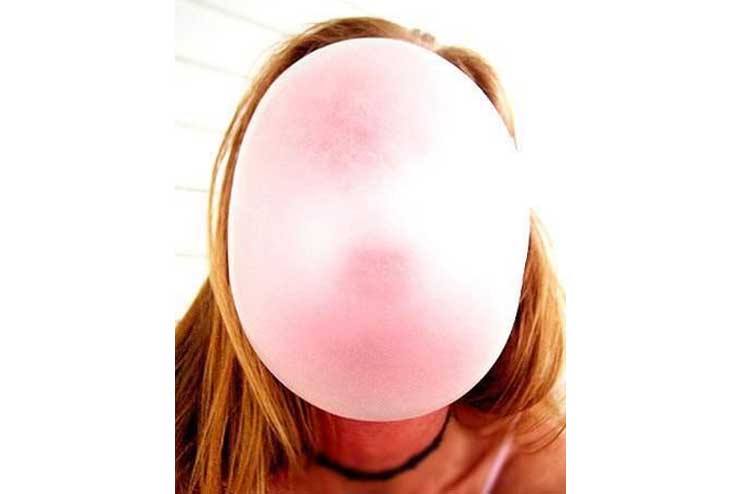
Here are the few tips to prevent your kid from swallowing chewing gum:
- Don’t offer your kid chewing gum until he recognizes the difference between chewing and swallowing.
- Don’t offer the chewing gum to your kid if he/she is below 5 years.
- Don’t allow your kid to chew it for a longer time.
- Don’t allow your kid to speak continuously with the chewing gum in the mouth.
- Do not offer any other solids or fluids when your kid has chewing in the mouth.
- Don’t encourage your kid to chew more than one bubble gum at a time with the intention to blow big bubbles.
- Don’t offer your kid chewing gum before bedtime as they may slip into sleep without spitting it out.
- Don’t offer your kids food like whole grapes, raw vegetables and things like coins, small blocks which cause choking hazards.
Even though chewing gum may not pose choking hazards in your child as other hard substances do, you must take care to see that child should not swallow chewing gum. Follow the gentle tips if your child swallowed chewing gum and visit the doctor if you kid has come across any choking signs.















